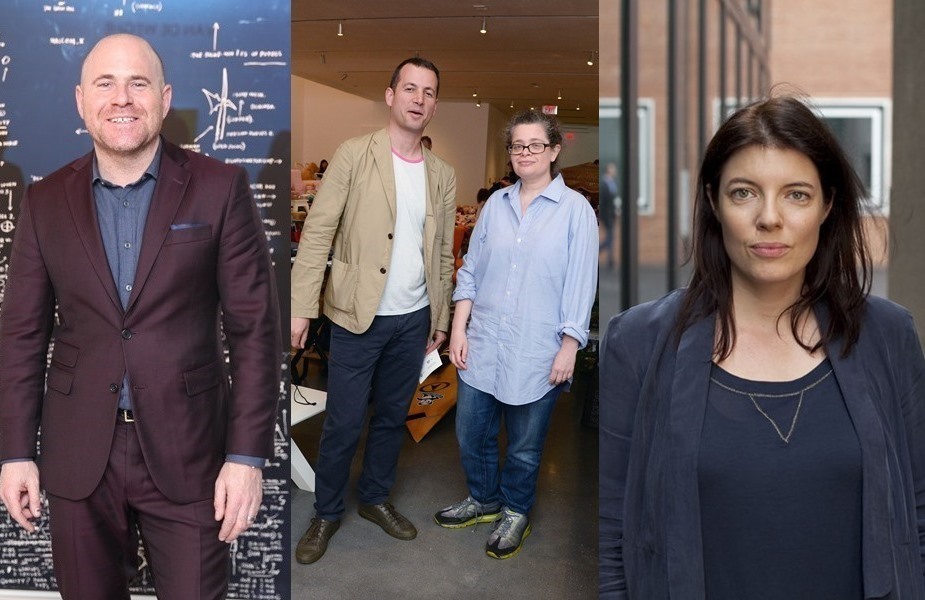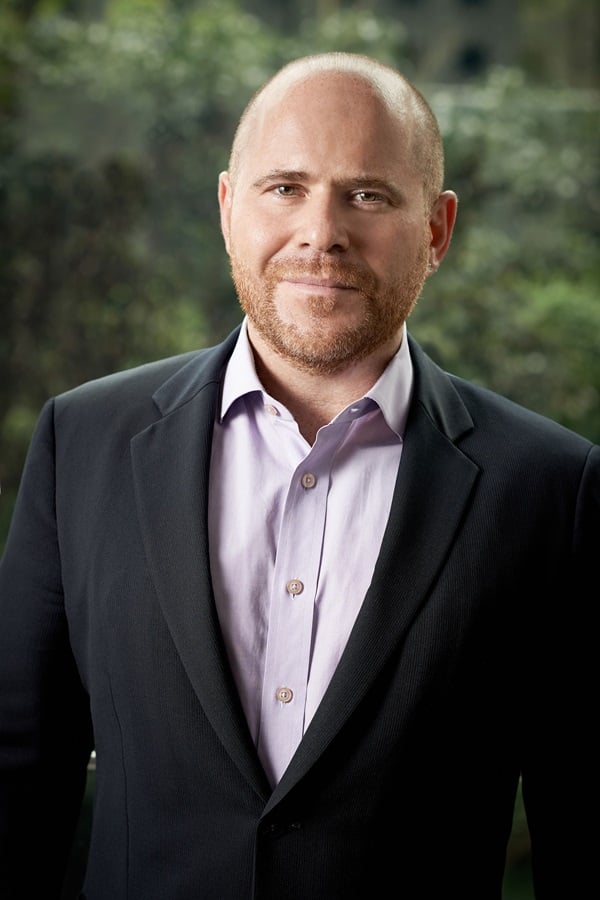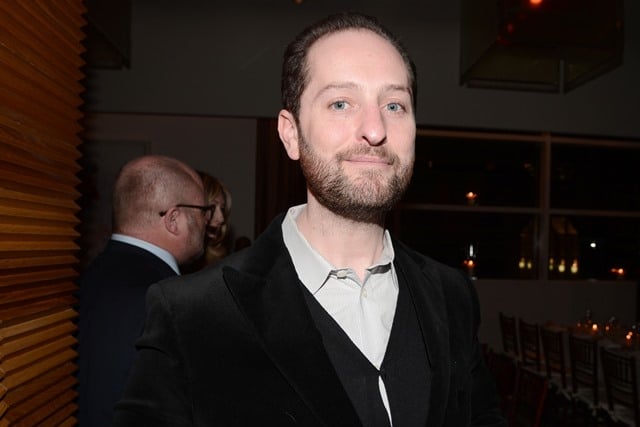Galleries
Why Do So Many Art Writers Become Fair Directors?
It might seem an unlikely trajectory, but there's a history of overlap.

It might seem an unlikely trajectory, but there's a history of overlap.

Brian Boucher

When artnet News’ founding editor, Benjamin Genocchio, was named director of New York’s Armory Show last month, it added one more example to a growing list of critics and journalists who have founded or taken over art fairs.
It might seem an unlikely trajectory. How could a capacity for bon mots transfer to dealing with curators, gallerists, and local government representatives?
All concerns aside, Genocchio’s move from magazine to convention center is not the first.

Marc Spiegler, Director at Art Basel.
While the number of art fairs headed by former writers and editors may be small, it’s notable that some of the more visible ones are run by publishing veterans. Former journalist Marc Spiegler, who has written for The Art Newspaper, New York Magazine, ARTNews, and other publications, worked his way up to the directorship of the global Art Basel empire in 2012 after starting at the Swiss venture in 2007. Three years later, Art Dubai tapped Antonia Carver, who had written for The Art Newspaper and was an editor for Bidoun magazine, as its director. (artnet News’ own art and culture critic Christian Viveros-Fauné briefly ran the Volta art fair in New York and NEXT in Chicago in 2008.)
And those aren’t the only examples. Who started Frieze but the founders of the eponymous magazine, Amanda Sharp and Matthew Slotover? And the new head of Art Basel in Miami Beach is Noah Horowitz, who penned the book Art of the Deal, and edited The Uncertain States of America Reader with Cincinnati Art Museum curator Brian Sholis.
There’s not a great deal of specific overlap in terms of day-to-day responsibilities between the publishing and art fair realms, though there are broader commonalities. Generally speaking, close connections and relationships in the art world help journalists to get the information they need to get stories before their competitors. They also don’t hurt in cultivating galleries and collectors to come to your fair. A career seeking out knowledge on how the art market works and where it’s going can make for a good forecasting article. But it can also prepare you to make a strong selection of dealers that define a fair’s distinct personality.
In the view of Genocchio, who was a writer for the New York Times and then editor-in-chief of Art+Auction magazine before launching artnet News, writers’ experiences do prepare them well for other ventures.
“Journalists have the advantage of a 360-degree view of the art world,” he said in an interview. “We see what’s going on with museums, dealers, collectors, and artists, and running an art fair, you have to speak a lot of languages. You work with those same dealers, collectors, and clients, and you have to have relationships with museums to lend credibility to the business enterprise.”

Noah Horowitz.
Photo: Patrick McMullan.
The Frieze fair founders maintain that not only the experience and Rolodexes they had built but also the character traits of publishing people served them well.
“Magazine people are independent and curious, and like to work with a large range of galleries and artists,” Sharp and Slotover told artnet News in an email. “We had built relationships with galleries and artists over 12 years and knew who we thought was doing great work.”
Besides the attraction of higher salaries and a glamorous life—jetting off to foreign countries to survey the gallery scene and wine and dine collectors and gallerists—the corner office at a fair offers the opportunity to oversee the events that, like it or not, are among the most visible in today’s art world.
And as many art world observers have noted, the critic’s power has waned with the proliferation of media outlets, social media venues, and the rise of high-profile curators and collectors.
“In the popular imagination, the art critic seems a commanding figure, making and breaking careers at will,” Spiegler wrote in The Art Newspaper (TAN) in 2005, “but one hard look at today’s contemporary art system reveals this notion to be delusional.”
Genocchio sees the fair director position as the answer to just that problem.
“Strangely enough,” he said, “the art fair has become a safe port of call for journalists, even though it’s the one place that we’ve spent our careers dumping on.”
Indeed, some of these very critics have sometimes made sport of the sort of commercial roundups they’ve gone on to head up.
A decade ago, Spiegler wrote a TAN article titled “The Trouble with Art Fairs,” discussing fair fatigue among collectors and widespread discontent with the fact that selection committees are populated with art dealers, who are picking and choosing from among their own competitors.
Horowitz was even more opinionated in his book, as ARTnews recently pointed out. “One may even suggest that contemporary art fairs constitute near perfect embodiments of the experience economy’s penetration into the cultural sector,” he wrote. “Not only do they adjoin buyers and sellers of contemporary art goods and services, but they streamline the contemporary art experience into a tightly packaged event—a lifestyle—for the international business elite.”
There’s not necessarily anything wrong with switching careers within the art world, but an anonymous “veteran London gallerist,” talking to Spiegler about the declining power of critics, alluded to potential conflicts of interest.
“I don’t think of the art-magazine critics as critics, really,” the dealer told Spiegler. “They’re part of the scene and always seem to be thinking more about their other options in the art world.”